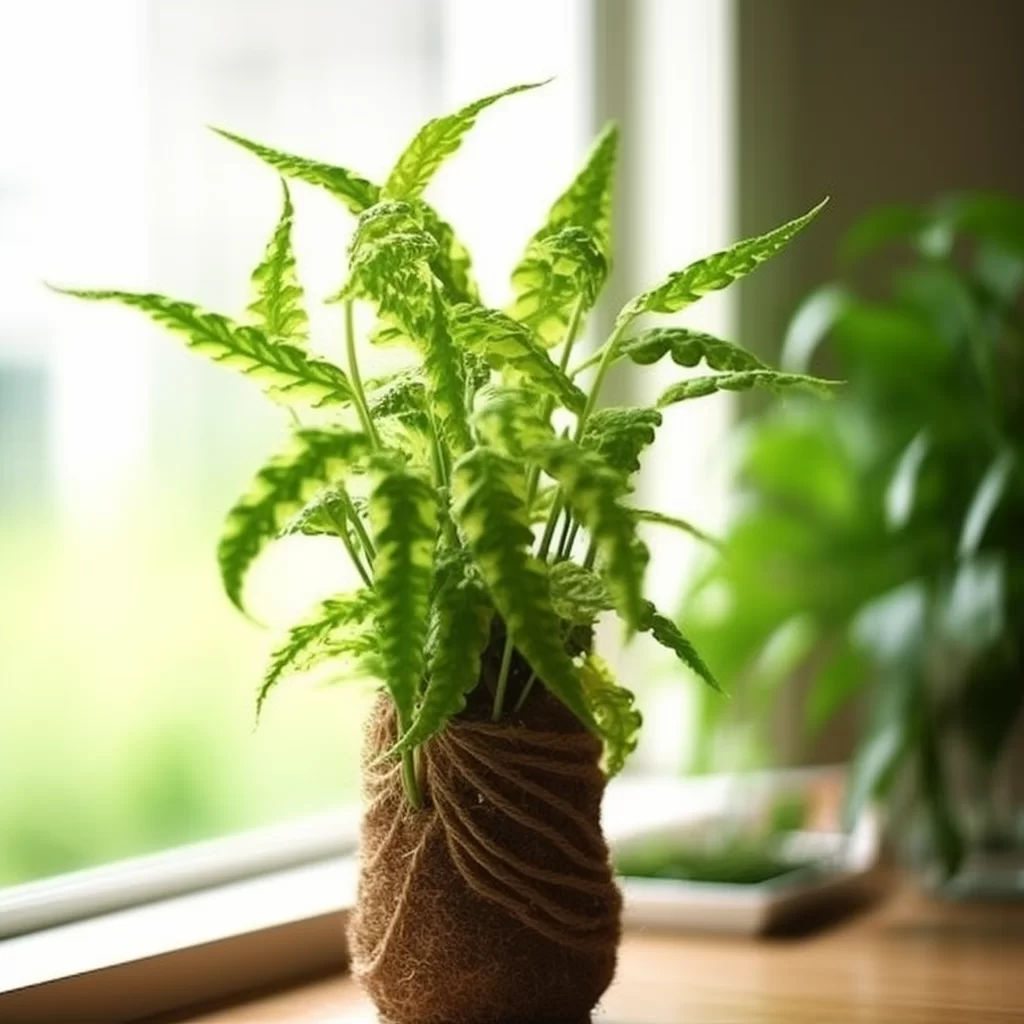Story of Day :
Contents
The Fishtail Plant: Your Complete Guide and Care Tips
When it comes to indoor plants, the fishtail plant is a unique and fascinating option.
With its distinctive fronds that resemble a fish’s tail, this plant is sure to catch your eye and add character to any room.
In this guide, we’ll explore everything you need to know about the fishtail plant, from its origins to how to care for it.
Origins of the Fishtail Plant
The fishtail plant (Caryota mitis) is native to Southeast Asia.
The unique name of the plant comes from its leaves which have jagged edges that resemble a fish’s tail.
Appearance of the Fishtail Plant

The leaves of this palm are pinnate and triangular shaped with multiple lobes on each stem.
These lobes give them their distinct “fish-tailed” appearance which makes them stand out amongst other houseplants.
The overall structure of these plants makes them ideal as an ornamental addition because they add texture and interest without being too overwhelming in size or color.
Caring for Your Fishtail Plant
- Light: These plants do best in bright indirect light or dappled shade as they prefer filtered sunlight rather than full sun exposure.
- Water: It’s important not overwater your fishtail palm! Allow soil surface dryness between waterings; otherwise root rot can become an issue if over-watered frequently.
- Fertilizer: Use a balanced fertilizer during the growing season.
You can apply a slow-release fertilizer every 4-6 months, or use liquid fertilizers at half-strength once per month.
- Humidity: Maintain a humid environment by using a humidifier or placing the plant on top of pebble trays filled with water to increase humidity around the plant.
- Potting: Fishtail palms need well-draining soil, so ensure that your pot has adequate drainage holes and use soil mixtures that are airy and fast-draining.
Pests and Diseases

Fishtail palms are generally disease-resistant but are susceptible to spider mites, scale insects, mealybugs and other pests which can be controlled through regular monitoring of their growth as well as applying insecticidal soap if infestations occur.
The Bottom Line
The fishtail plant is an attractive addition to any indoor garden due to its unique appearance and easy-to-care-for nature.
With proper light exposure, watering habits, fertilizing routine along with humidity control you can easily keep this plant healthy for many years! So why not consider adding one or more fishtail plants into your collection? They will undoubtedly add interest and character to any room.